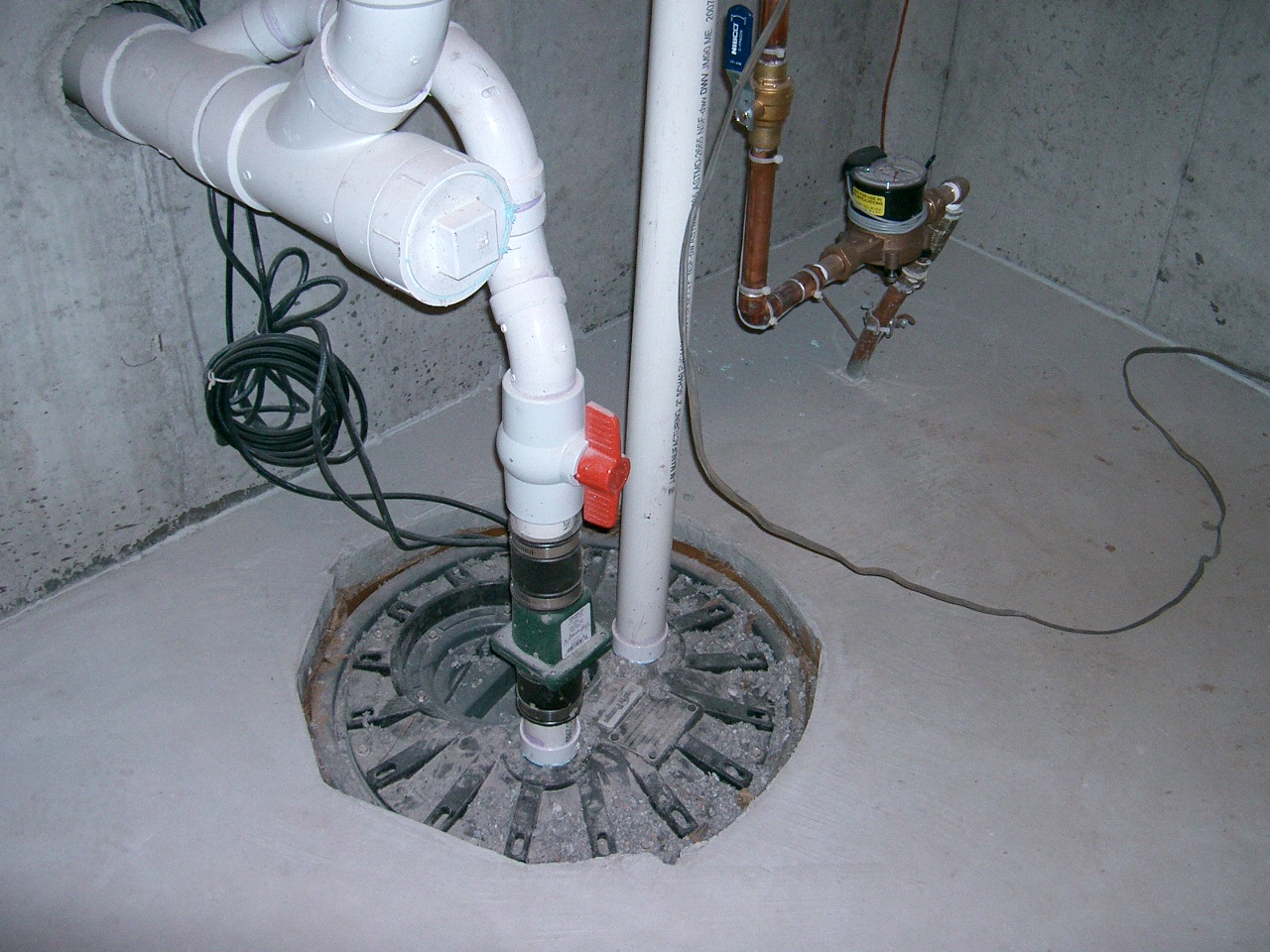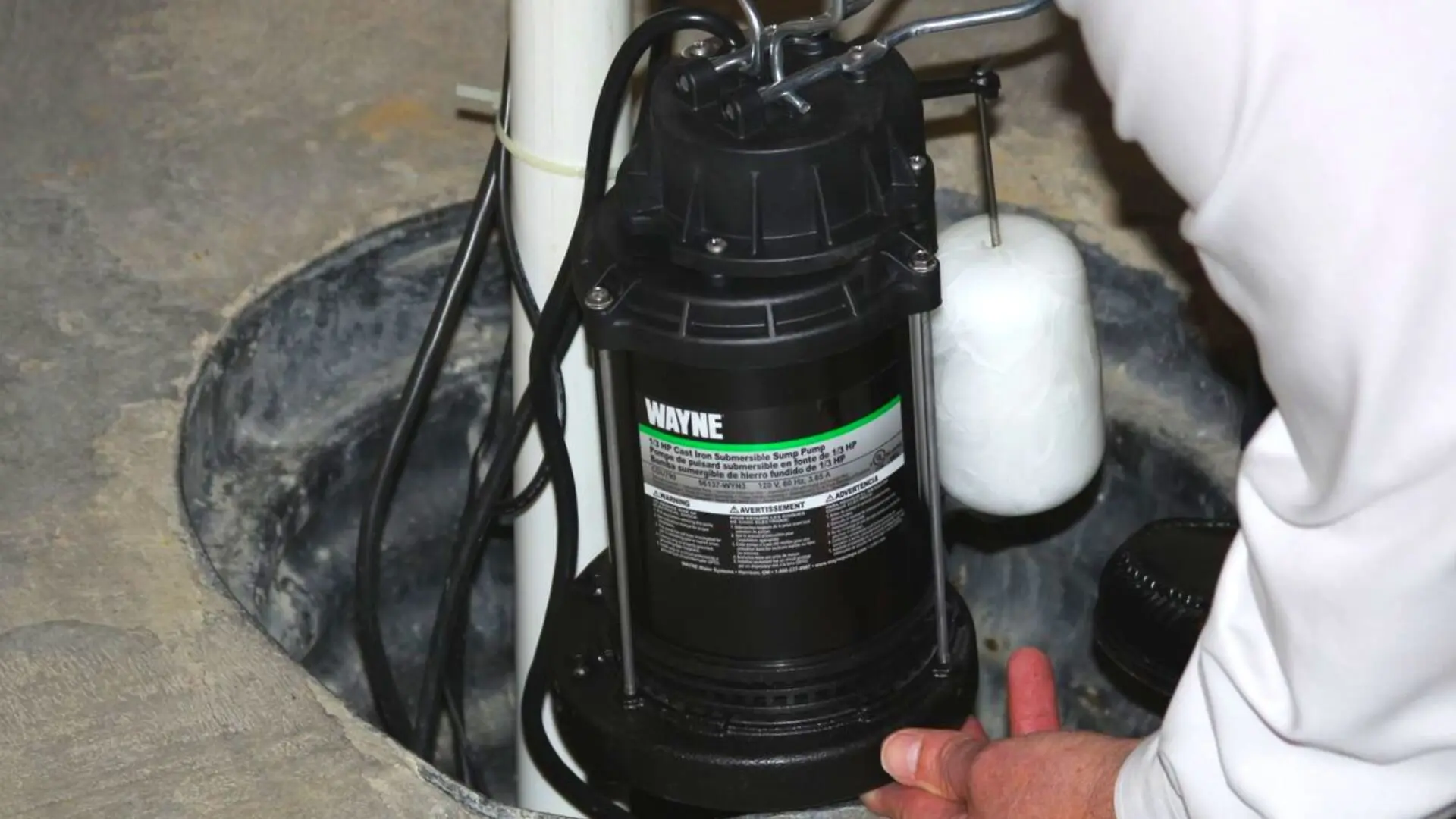Our Guide to Properly Taking Care of a Sump Pump
Our Guide to Properly Taking Care of a Sump Pump
Blog Article
The content further down involving Keep Your Sump Pump Clean, It'll Keep You Dry is rather enlightening. Try it and make your own final thoughts.

Sump pumps are critical elements in numerous homes, especially in locations vulnerable to flooding or too much wetness. They help protect against water damage by efficiently getting rid of excess water from cellars or crawl spaces. Nevertheless, like any other device, sump pumps require routine maintenance to ensure they function successfully when needed one of the most. Cleansing your sump pump is an essential part of its maintenance, and comprehending just how to do it effectively can save you from pricey fixings and possible catastrophes.
Intro
Keeping a tidy sump pump is important for its appropriate functioning and durability. Neglecting this vital task can bring about clogs, breakdowns, and inevitably, water damage to your home. Therefore, learning how to clean up a sump pump is critical for property owners who rely on these devices to maintain their basements dry and secured.
Comprehending the Sump Pump
Before diving into the cleansing procedure, it's necessary to have a fundamental understanding of how a sump pump functions. Generally installed in a pit or basin below the cellar flooring, a sump pump consists of several key parts, consisting of a pump, a float button, and a discharge pipeline. When water gathers in the pit, the float switch triggers the pump, which after that pumps the water out via the discharge pipeline, away from the structure's foundation.
Signs of a Dirty Sump Pump
Understanding when your sump pump requires cleaning is critical for stopping possible malfunctions. Some common indicators that show an unclean sump pump include odd noises during procedure, reduced water circulation, and noticeable debris in the pit. If you discover any of these signs, it's essential to clean your sump pump promptly to stay clear of any kind of more concerns.
Getting ready for Cleansing
Prior to you begin cleansing your sump pump, it's important to take some safety precautions. Start by shutting off the power to the pump to prevent any kind of electric crashes. Additionally, wear proper safety gear, such as handwear covers and safety glasses, to secure yourself from dirt, debris, and possible pathogens.
Step-by-step Overview to Cleaning a Sump Pump
Shutting down the Power
Begin by disconnecting the power supply to the sump pump to avoid any mishaps while cleaning.
Getting Rid Of Particles and Dust
Make use of a bucket or a scoop to eliminate any kind of visible debris, dust, or sediment from the sump pit. Dispose of the debris properly to avoid it from clogging the pump or the discharge pipeline.
Cleansing the Pump and Drift Switch Over
Once the pit is clear of particles, thoroughly get rid of the pump from the pit. Check the pump and the float button for any indicators of damages or wear. Make use of a soft brush or cloth to clean up the surfaces and eliminate any kind of built up grime.
Flushing the System
After cleaning the pump and float button, purge the sump pit with tidy water to get rid of any remaining dust or debris. This will certainly aid make sure that the pump operates efficiently and efficiently.
Looking For Correct Performance
Before re-installing the pump, carry out a quick examination to guarantee that the float switch triggers the pump properly. Pour some water right into the sump pit and observe the pump's procedure. If whatever is operating correctly, you can rebuild the pump and reconnect the power supply.
Upkeep Tips to Maintain Your Sump Pump Clean
In addition to routine cleansing, there are several maintenance tips you can comply with to keep your sump pump in ideal problem:
Final thought
Cleaning your sump pump is a crucial aspect of its upkeep and makes sure that it runs efficiently when you need it the most. By following the actions outlined in this guide and including regular maintenance right into your regimen, you can prolong the life-span of your sump pump and safeguard your home from water damage.
6 STEPS ON HOW TO CLEAN A SUMP PUMP PROPERLY
UNDERSTANDING SUMP PUMPS
Your sump pump plays a crucial role in protecting your home by managing and removing excess water. It primarily functions as a “shield”, guarding your basement against the damaging effects of water accumulation. The pump is housed in a sump pit in the lowest part of your basement, and its job is to pump out any water that collects there.
During heavy rainfalls or when snow melts rapidly, water can infiltrate your basement, posing potential risks like flooding, structural damage, and harmful mold growth. Here, the sump pump springs into action, pumping out the intruding water and directing it away from your home.
SAFETY FIRST
Before cleaning, remember to prioritize safety. Disconnect the sump pump from the power source to prevent any accidental electric shocks. Also, wear sturdy gloves to protect your hands from any sharp or dirty components within the pump.
REMOVE THE SUMP PUMP
After ensuring your safety, the next step is to remove the sump pump from its pit. Doing this might require careful maneuvering as you don’t want to damage any pump components. Once removed, clean the sump pit to remove any accumulated debris or sludge.
INSPECT THE PUMP
Inspect the pump for any visible signs of wear or damage. Check the power cord, float switch, and impeller housing. If any components look worn out or damaged, consider replacing them to ensure optimal performance.
CLEAN THE PUMP
Thoroughly clean the pump with warm, soapy water. Make sure to rid it of any dirt, gravel, or other debris that might impede its performance. You can use a toothbrush to clean the small, hard-to-reach parts of the pump.
REINSTALL THE SUMP PUMP
Reinstall the pump into the sump pit Make sure it’s positioned correctly to remove the water effectively Once it’s back in place, reconnect it to the power source TEST THE PUMP
Finally, pour some water into the pit to ensure the pump works correctly. It should start automatically and begin pumping out the water; if it doesn’t, check the power source and the positioning of the pump.
Remember, while cleaning your sump pump is an essential part of home maintenance, hiring a professional plumber for a thorough inspection and cleaning at least once a year is also important. This will ensure that your pump is in optimal condition, ready to protect your home from potential water damage.
BEST PRACTICES FOR CLEANING SUMP PUMP DISCHARGE PIPES
Regular Inspection: Regularly inspect your discharge pipes, especially during heavy rainfall or snowmelt periods. Look for any signs of blockage or damage. Early detection of problems can prevent serious issues down the line. Periodic Cleaning: Over time, sediment and debris can accumulate in the discharge pipes, impeding the flow of water. Regular cleaning helps keep the pipes clear and functioning efficiently. You can use a high-pressure water jet to effectively clean the pipes. Insulation During Winter: In colder climates, discharge pipes can freeze, blocking the outflow of water. Protect your discharge pipes from freezing temperatures by insulating them with foam pipe insulation. This will ensure the sump pump can continue to discharge water even in freezing conditions. Proper Positioning: The discharge pipe should be positioned to direct water away from your home’s foundation. Improper positioning can lead to water seeping back into the basement. Ensure the pipe is long enough and angled correctly. Installation of a Check Valve: A check valve prevents water from flowing back into your sump pit after the pump has pushed it out. Installing a check valve helps maintain the efficiency of your sump pump and reduces the risk of flooding. Minimize Pipe Turns: Every curve or turn in the discharge pipe can decrease the efficiency of water flow. By minimizing turns and bends in your discharge pipe, you can increase the efficiency of your sump pump. https://www.fullspeedplumbing.com/how-to-clean-a-sump-pump-properly9999/

I ran across that blog posting on Keep Your Sump Pump Clean, It'll Keep You Dry while scouting around the internet. Are you aware of another person who is very much interested in Steps to Cleaning Your Sump Pump Properly? Why not share it. Thanks a lot for taking the time to read it.
Call Us Now Report this page